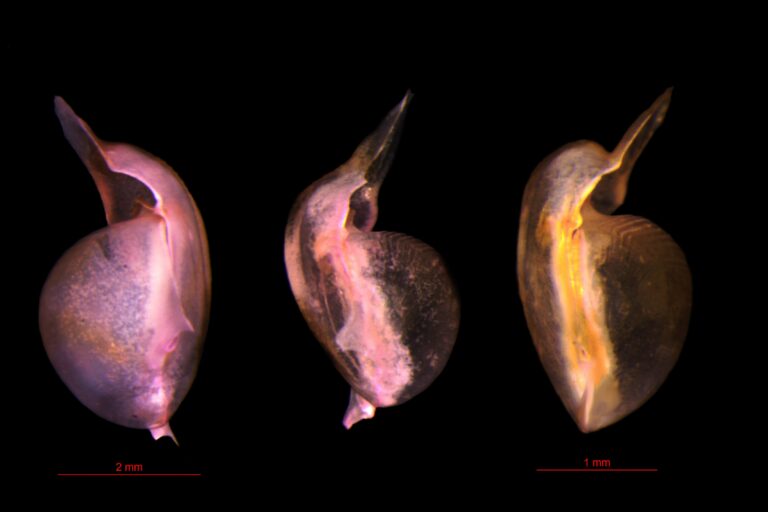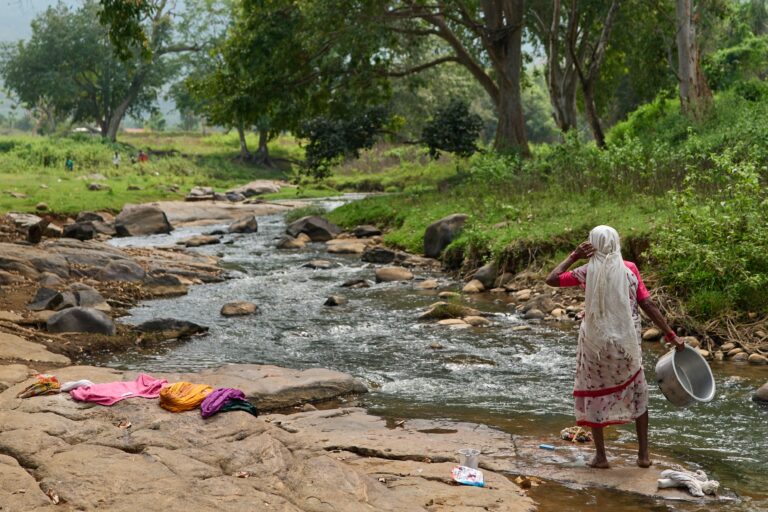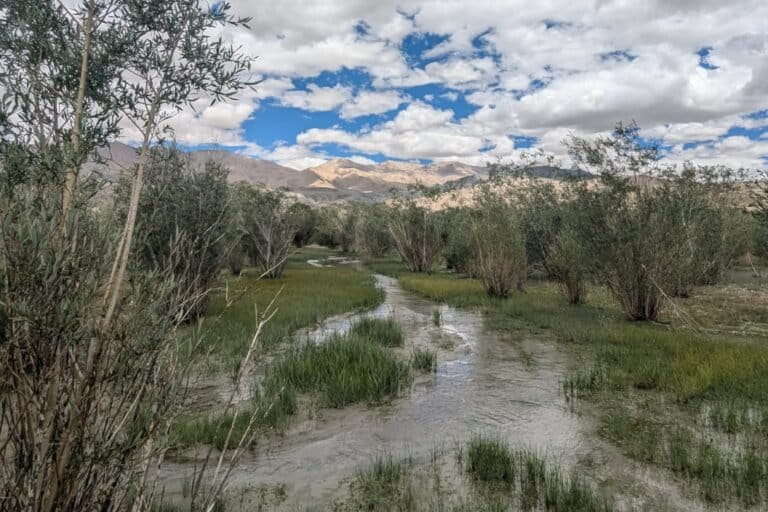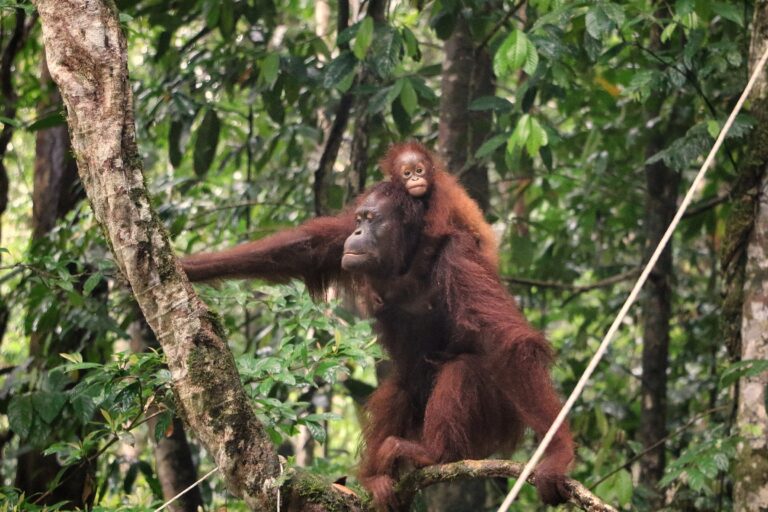- Hormones and enzymes that indicate environment-related stress on certain fish species can be harnessed as biomarkers to develop a computational model to predict changes in fish production and distribution in the Sundarbans.
- This is important for conservation and commercial production, as temperature and salinity affect fish harvesting in the region.
- The Sundarbans region acts as the “nursery” for nearly 90 percent of the aquatic species of eastern coast of India.
- Fishing is the largest employment generator after agriculture in the delta.
Some of West Bengal’s most-loved fish may go off the menu, thanks to climate change in the Sundarbans.
A team of researchers that is mapping biological sensitivity of certain fish species to climate change report that increasing salinity and temperature in the Sundarbans estuary is messing up their reproductive behaviour and may also likely alter their abundance, factors that could wipe them out one day, they warn.
Spanning 10,000 square km along the coast of India and Bangladesh, the Sundarbans represent the largest expanse of contiguous mangrove forests in the world. This globally significant ecosystem is situated in the Bay of Bengal, within the delta of the Ganges, Brahmaputra, and Meghna rivers.
The Indian Sundarbans archipelago acts as the “nursery” for nearly 90 percent of the aquatic species of eastern coast of India. It is the top producer of fish and prawn, with both districts (South and North- 24 Parganas) combined producing roughly 31 percent of the total inland fish/prawn production of West Bengal, a state iconic for its fish-eating habits. Sundarbans also satiates 15 to 20 percent of the state capital Kolkata’s fish requirement.
Observations of drastic decline in numbers of certain species in the last three decades, especially after cyclone Aila ravaged the islands in 2009, spurred fish endocrinologist Suman Bhusan Chakraborty from the University of Calcutta and collaborators from Visva-Bharati University to explore the combined impact of salinity and temperature rise on five ecologically important fish species in the Indian Sundarbans mangrove estuary.
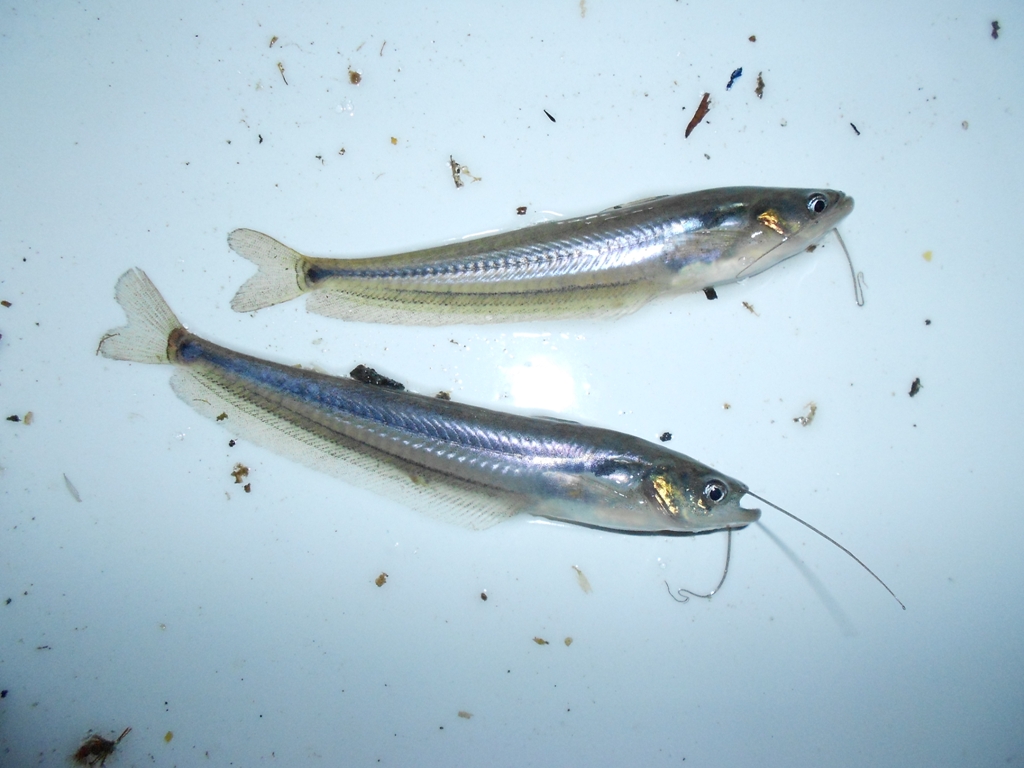
“The combination of increasing sea surface temperature and salinity is going to make it harder for some species while others will adapt and emerge victorious. We are trying to understand which characteristics of the species make them more sensitive and less resilient to climate change,” Chakraborty told Mongabay-India at the India Biodiversity Meet, at the Indian Statistical Institute where an abstract of the team’s latest study was presented.
The five species on the team’s radar are Tangra (Mystus sp.), Pabda or butterfish (Ompok sp.), Ranga (Parambassis sp.), Dari (Esomus sp.), Kholse (Colisa sp.).
Pabda (Ompok pabda), Kholse (Colisa fasciata), Akash tangra (Mystus gulio) are some of the species documented to be among those whose population has drastically declined in the last thirty years.
Chakraborty said his research shows undesirable temperature and salinity is triggering a shift in both the reproductive season and the site of fishes. Warming waters drive some species to move deeper into the water.
“This in turn hampers the male to female ratio of a particular habitat. These stress factors (salinity and temperature variability) have a long-term effect on abundance and distribution. Such climatic stress is linked to reproductive performance in fish as they affect the respective enzymes and hormones,” he said.

Beating ‘stress’ with predictive modelling
The know-how on which species will fare much worse than others as they become more vulnerable to the effects of climate change, is a shot in the arm for predictive modelling, believes Chakraborty.
So the goal, he said, is to develop a computational model based on a panel of multiple enzyme and hormone biomarkers. This could help analyse and predict how stressed a particular fish species will be on account of changing environmental parameters and how it will cope with that shift.
“The study might help to frame the reproductive strategy for these important fish species in future, as well. This would be helpful for both conservation as well as commercial practices as fish harvest is impacted by these changes,” Chakraborty said.
Fish samples were collected each month throughout the year from three different study sites and various anti-oxidant (enzymatic and non-enzymatic) and detoxification enzymes were measured.
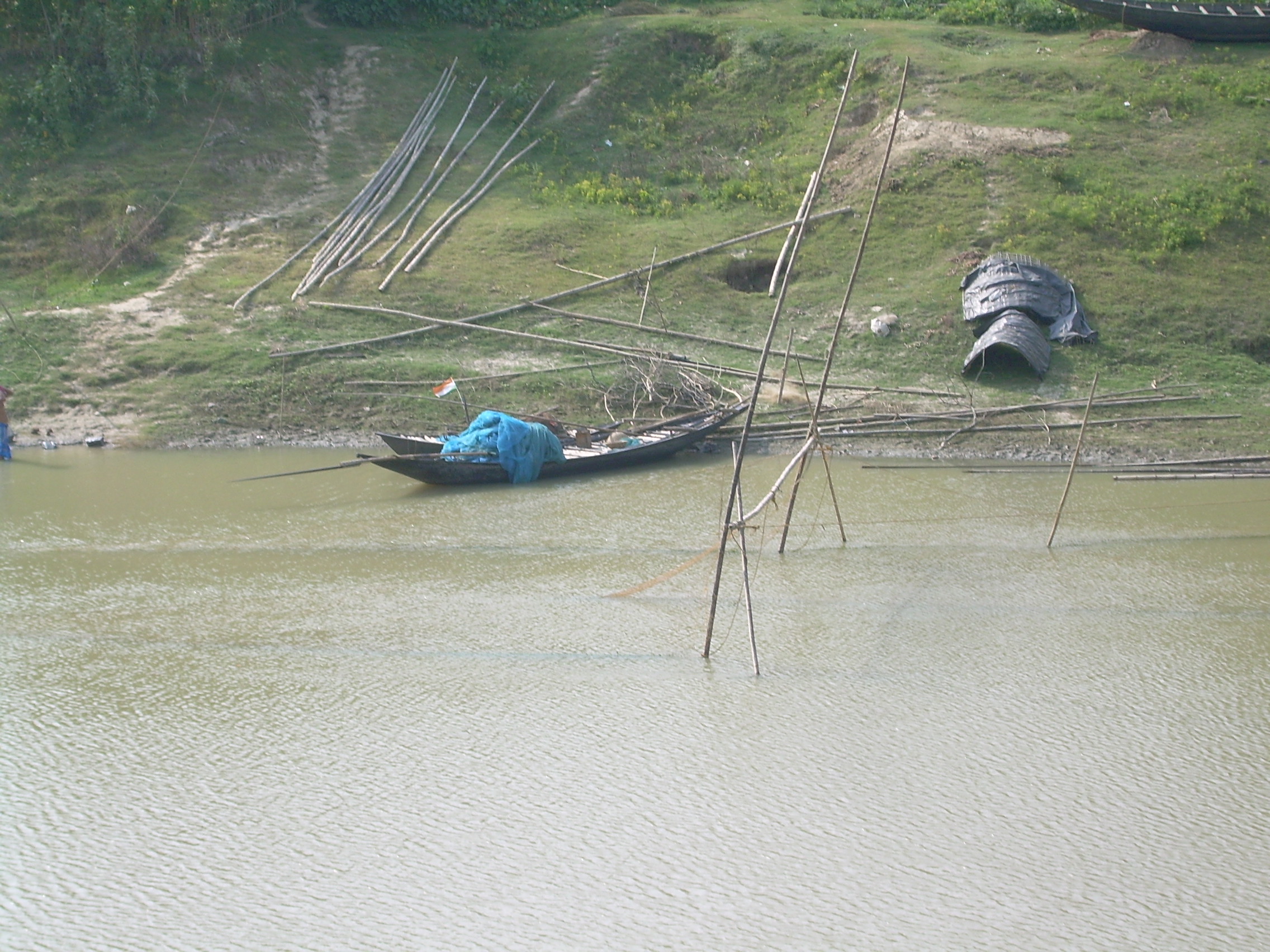
Levels of the stress hormone cortisol and reproductive hormone 17-estradiol were also measured as indicators of stress accumulation and reproductive status of the selected fish species.
During their assay, the researchers observed a spike in the hormone cortisol when the temperature varied from 30 degree Centigrade to 35 degree Centigrade.
“When the cortisol level goes up it indicates long-term stress. To adapt to that stress, which in this case is salinity and temperature, they have to change physiological activities including respiratory rate. So the energy is diverted towards these adaptive activities and this in turn, hampers steroid production and other reproductive behaviour,” Chakraborty explained.
Due to slow rate of steroid production, the reproductive season is shifting for most of the species, particularly for tangra and ranga.
Different species, different tolerances
The team has also been able to show that species like kholse is much more adaptable to shifts in temperature and salinity in contrast to pabda that are able to survive only within a very narrow range.
“So species like kholse and rasbora are much more adaptable and their survival chances are more as it can tolerate a wider variation. Whereas pabda is comfortable within a very specific range of climatic parameters and any small change can lead to their decimation,” he warned.
As climate shifts, certain species are forced to abandon their native habitats and invade a different site and adapt to that specific environment.
“Some fish from its original habitat will be lost forever, while some can be found in new places where they are not supposed to be,” he said.

Cutting to the chase, Chakraborty warns most of the concerned fish species may go extinct in the near future and the probable cause of extinction may not be the over exploitation of the species itself but due to a significant drop in their reproductive efficiency and production rate.
“For example, after Aila, the catch per unit (CPU) and abundance of some species of Notopterus and Mystus has already gone down considerably from the previous availability and our data suggest that if the scenario continues for the next ten years, the probability of extinction would be very high in some of the places of Sundarbans,” he said.
Farmers’ perception
According to Sabyasachi Bhattacharya of Indian Statistical Institute, who deals with ecological statistics, the work done by the team is a “great initiative” to solve the major challenge of the future regarding framing of a production and conservation strategy through a computational model.
“This can bridge the gap between individual species’ physiological status and ecosystem-level functioning, related to climatic change,” Bhattacharya told Mongabay India.
However, he emphasised the work should be considered as a valuable exploratory tool, a first step in data processing and should be combined with further ongoing statistical analysis.

Sourabh Kumar Dubey who tracks the pattern of climate change and its impact on the Indian Sundarbans, especially in fisheries, aquaculture and livelihood, suggests climate-resilient aquaculture strategies and integrated coastal zone management (ICZM) should be implemented as part of a local adaptation plan.
“Strategies could include incorporation of salt-tolerant species in freshwater aquaculture areas prone to saline water inundation, avoiding over dependence on specific species and emphasis should be given to species diversification,” Dubey, who is associated with International Water Association, told Mongabay-India.
Repair of age-old vulnerable coastal embankments would help to protect the islands from the ingression of saline water due to embankment breach during cyclonic storms and coastal flooding. Incorporation of salt tolerant fruit trees and horticultural crops with salt tolerant aquacultural species may result in better economic returns, adaptive capacity enhancement and reduce risk, he said.
Sharing insights from a farmers’ perception survey conducted in Basanti and Sagar Islands, Dubey said the community reported that salt water inundation causes mass mortality of freshwater fish due to inability to cope up with the sudden salinity stress.
According to the survey, “cyclones and storm surges were the most significant climatic phenomena that affected freshwater aquaculture; subsequently, coastal flooding and sea-level rise were mentioned which cumulatively led to salinity intrusion, followed by rising temperatures and drought.”
“Some farmers also noticed growth retardation and altered feeding habits of the surviving fish after flooding events as a result of salinity stress,” Dubey adds.









